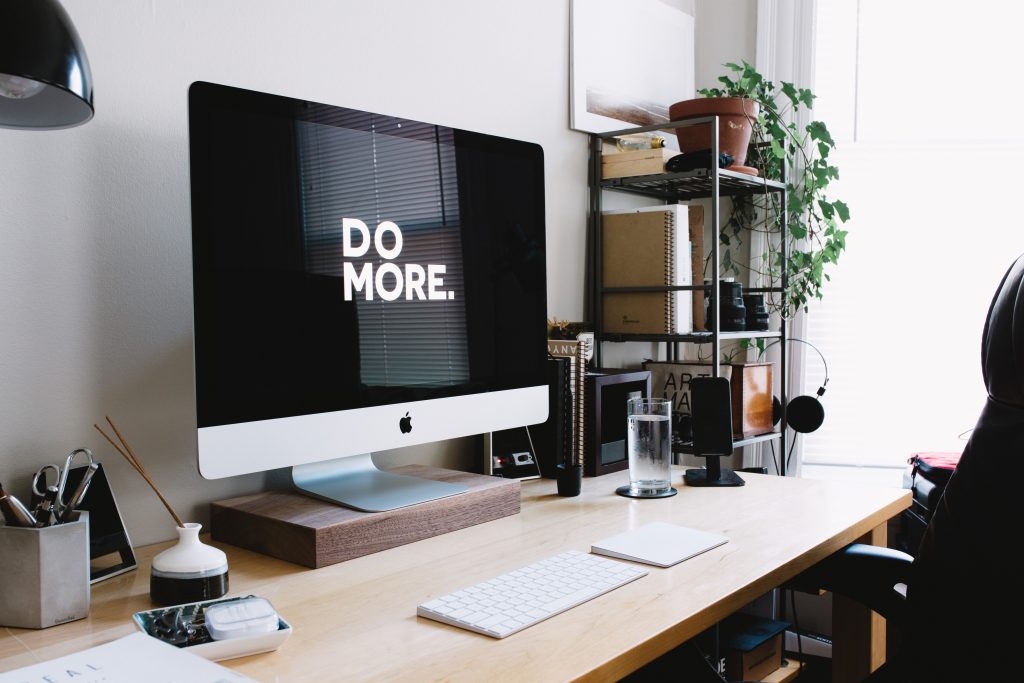Buying For The Long Term – Startup Guide
One of the most time-honored traditions in entrepreneurship is that of making do with what’s available. Why spend $5 when $4 will do it? Why stay in a 5-star hotel when you sleep just as well in a 3-star?
There is sound business sense in those decisions, and there will always be a place for economizing in your business. But there are also some places where you shouldn’t cut corners, because in time it will turn out to be a bad choice. You’ll find yourself wishing you’d spent a little more when one or more of these scenarios ends up happening to you.
You’ll Spend More In The Long Run
Let’s look back at our hotel example. A couple nights of lodging on the cheap are fine, but imagine if it had to become your permanent home. All those amenities you could live without on a short trip suddenly look a lot better.
Think about the things you buy that need to be durable. If you’re doing trade shows, festivals, recruiting events, and so forth, you’ll probably be buying a canopy to cover your setup. And if you buy a heavy duty canopy instead of something lightweight, you’ll see fewer tears, less fading, and a more durable frame.
Those events will be less costly over a period of years because you aren’t having to replace your canopy after every four or five events. And that goes for all the things you’ll use as you take your show on the road
.
That’s the difference between investing and buying. Investing seeks a return, buying seeks an outcome. You can buy a cheap tent and have the outcome–a roof over your head–but the return comes only when you invest in one that will last.
Customers Will Notice
While it’s absolutely true that you can skimp a little on things that go on behind the scenes, you don’t want to present a cheap image to any part of your market. And you may not realize how visible your cut corners may turn out to be.
For example, if a restaurant owner is tempted to go with cheaper dish detergent, the impact on the bottom line may prove pleasing. But as soon as entrees start getting returned to the kitchen because the plate is dirty, the cost builds quickly. Having to throw out a $15 meal because management tried to save 15 cents on detergent is not a good situation, and it gets even worse if you end up with health department troubles.
So follow through your processes and make sure that your cutbacks won’t impact your services or products in a way that your customers will notice.
Your Mindset Will Be Wrong
To a great extent, your business is what you let it be. If you expect high performance and high quality, you’ll get it. If you are willing to go cheap on things, it will take over your mind and become your highest priority.
And it can be tempting as you are just getting started. Money is tight and the need for revenue is clear, so it is easy to think you should just choose the fastest and cheapest option available. That can be a recipe for disaster.
That’s not to say that you automatically spend the maximum possible money on every expenditure. Indeed, there is a lot to be said for saving money in one area in order to have it freed up for other areas. The point is that as you make decisions about what to buy and how to spend money, you should certainly give some weight to the cost. But you need to think about the non-cash and long-term costs that we’ve already discussed in order to have the complete picture of what you should do.
From your earliest days of operation, you have to watch your bottom line. And certainly in those tight times, it is important to save where you can. But priority should be given to keeping things afloat the best way possible without under-spending and ending up with a substandard good, service, or image. It’s the only way to be sure that your startup really gets going.

